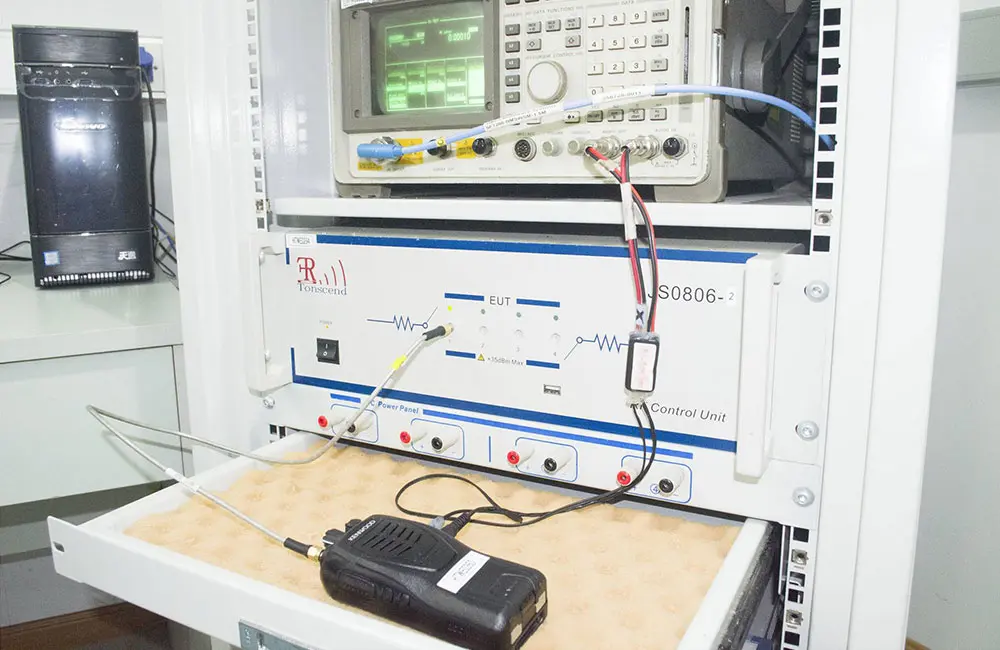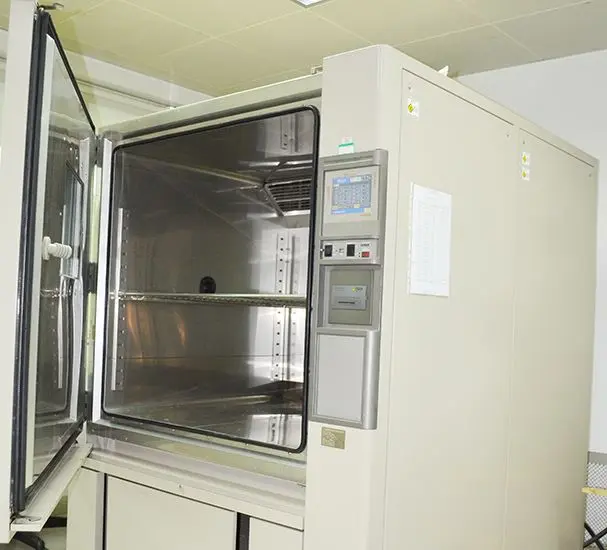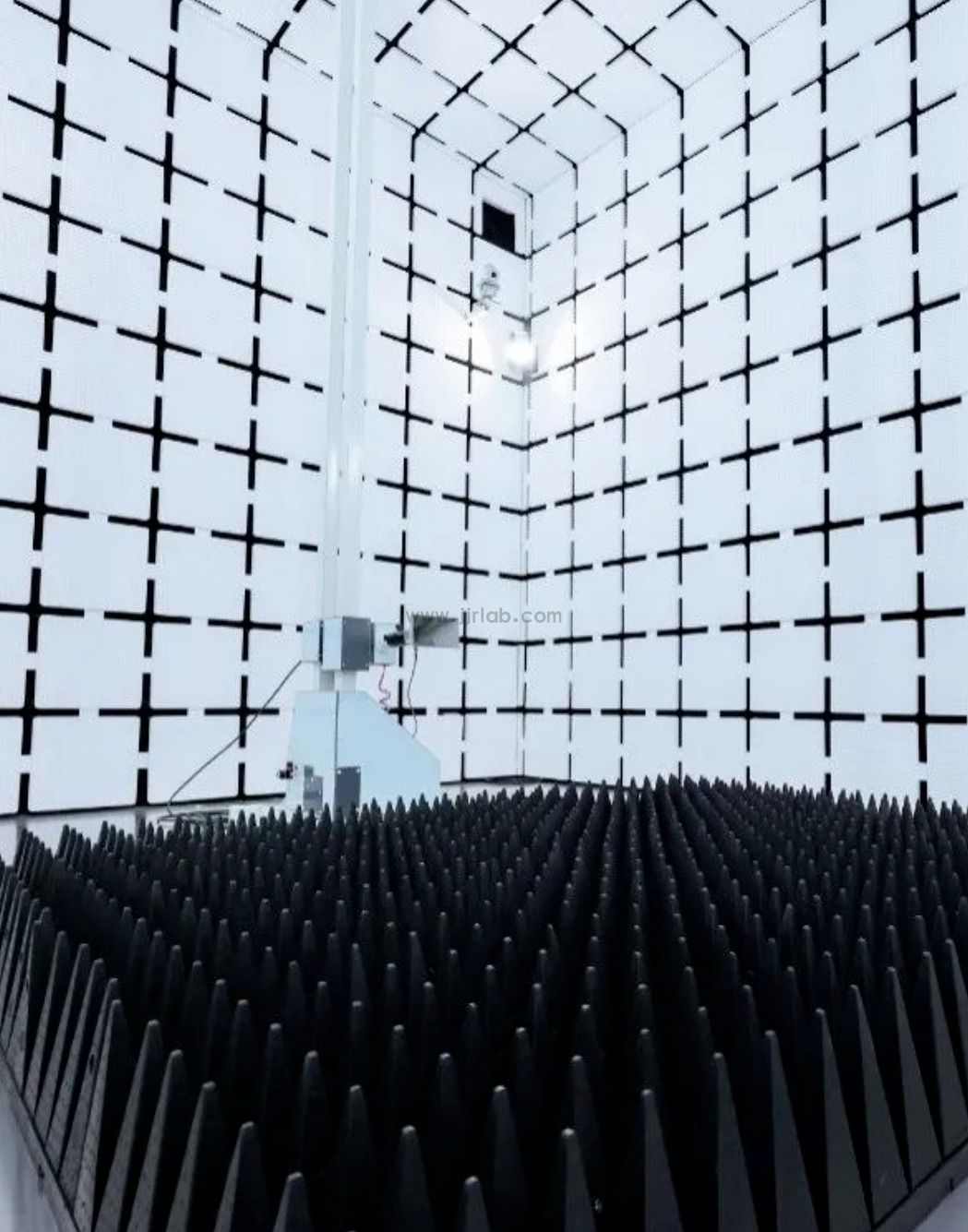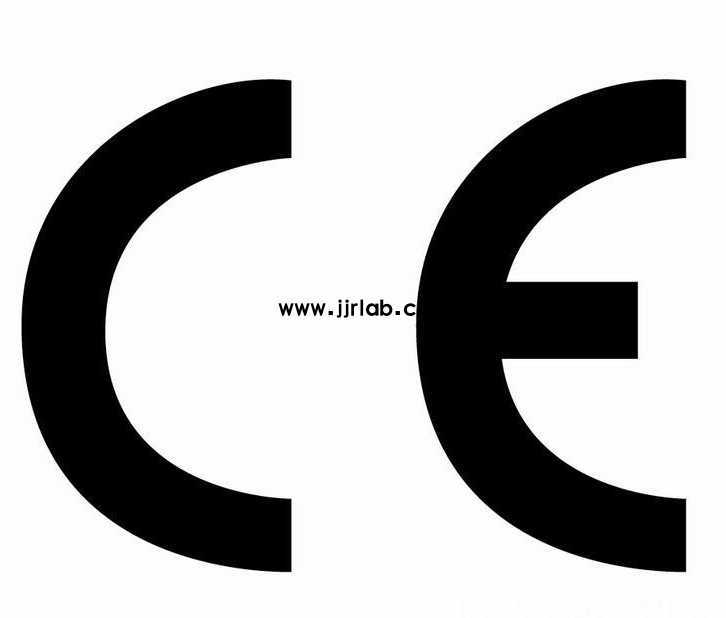
IEC60539 & UL1434 Certification Testing
Differences Between IEC60539 and UL1434
In the manufacturing and export of thermistors (NTC/PTC), selecting the appropriate certification standard is essential. IEC60539 and UL1434 are two major international standards tailoRED for different markets and use cases. If you're considering exports to North America or Europe and feel uncertain about the certification process, this guide offers a clear comparison and practical insights to help you make informed decisions.

Standards Organizations and Applicable Markets
- IEC60539is issued by the International Electrotechnical Commission (IEC) and is widely adopted in Europe, Australia, Asia, and other regions. CE certification is generally based on IEC standards, making IEC60539 a key requirement for entering the EU market.
- UL1434is developed by Underwriters Laboratories (UL) in the United States, and it is mainly used in North America (the U.S. and Canada). UL certification is mandatory for energy storage systems and electronic components in these markets.
If your products are intended for Europe, IEC60539 is a must. For the North American market, UL1434 is the standard to prioritize.
Testing Focus and Technical Requirements
IEC60539is primarily designed for negative temperature coefficient (NTC) thermistors used in direct heating applications. It covers:
- Electrical characteristics: zero-load resistance, B constant, thermal time constant, etc.
- Mechanical performance: terminal pull strength, impact resistance, solder heat resistance.
- Environmental tests: temperature cycling, thermal shock, humidity resistance.
UL1434applies to both positive temperature coefficient (PTC) and NTC thermistors and places a strong emphasis on safety in use cases such as current limiting and surge protection. It includes:
- Surface temperature verification
- Transient current and overload testing
- Thermal breakdown and short circuit tests
- Cold working cycle tests
- Calibration checks such as R/T curve validation and temperature drift analysis
While IEC60539 focuses more on baseline performance and environmental adaptability, UL1434 highlights performance under extreme conditions. For example, if your thermistors are used in high-heat scenarios like automotive electronics, UL1434’s thermal breakdown testing is especially critical.
Additional Key Differences
Standard Update Frequency and Testing Scope
- IEC60539 is updated less frequently and focuses on testing at the component or module level.
- UL1434 is updated more often and requires staged testing from component to system level.
Certification Timeline and Cost
- IEC60539 generally has a shorter certification period, with costs based on specific tests. It's ideal for manufacturers exporting in large quantities to Europe.
- UL1434 takes longer to certify (e.g., PTC thermistor endurance testing can take up to 125 days), making it more demanding in terms of time and planning.
If you're looking to minimize time to certification, IEC60539 may be more efficient. However, if North American market entry is a requirement, UL1434 is non-negotiable.
How to Choose the Right Certification
Based on Export Region
- For Europe/Asia: IEC60539 + TUV or CE Certification
- For North America: UL1434 + UL Certification
Based on Product Application
- For temperature control components and sensors: IEC60539
- For surge protection and current limiting: UL1434
Why Choose JJR Lab
JJR Lab, based in China, holds full certification capabilities for UL1434, IEC/EN60539, GB/T6663.1, and more. We provide end-to-end support covering testing, report drafting, and factory audits to help you navigate the certification process efficiently and effectively.
IEC60539 and UL1434 are not competing standards; instead, they complement each other to serve the needs of different markets. Dual certification is also possible to expand your market coverage. Choosing the right certification path can reduce compliance costs and accelerate your product’s time-to-market.
Email:hello@jjrlab.com
Write your message here and send it to us
 How to Test IP68 Rating
How to Test IP68 Rating
 Differences Between FDA and LFGB for Food Contact
Differences Between FDA and LFGB for Food Contact
 Process and Precautions for Amazon CPC Certificate
Process and Precautions for Amazon CPC Certificate
 E-mark Certification Testing Service Laboratory
E-mark Certification Testing Service Laboratory
 Amazon ISO/IEC 17025 UL Testing Service Laboratory
Amazon ISO/IEC 17025 UL Testing Service Laboratory
 How to get CE Certification for Lighting Products?
How to get CE Certification for Lighting Products?
 CE Certification Standards & Process for Elect
CE Certification Standards & Process for Elect
 Japan METI Registration & Japanese Agent Servi
Japan METI Registration & Japanese Agent Servi
Leave us a message
24-hour online customer service at any time to respond, so that you worry!




